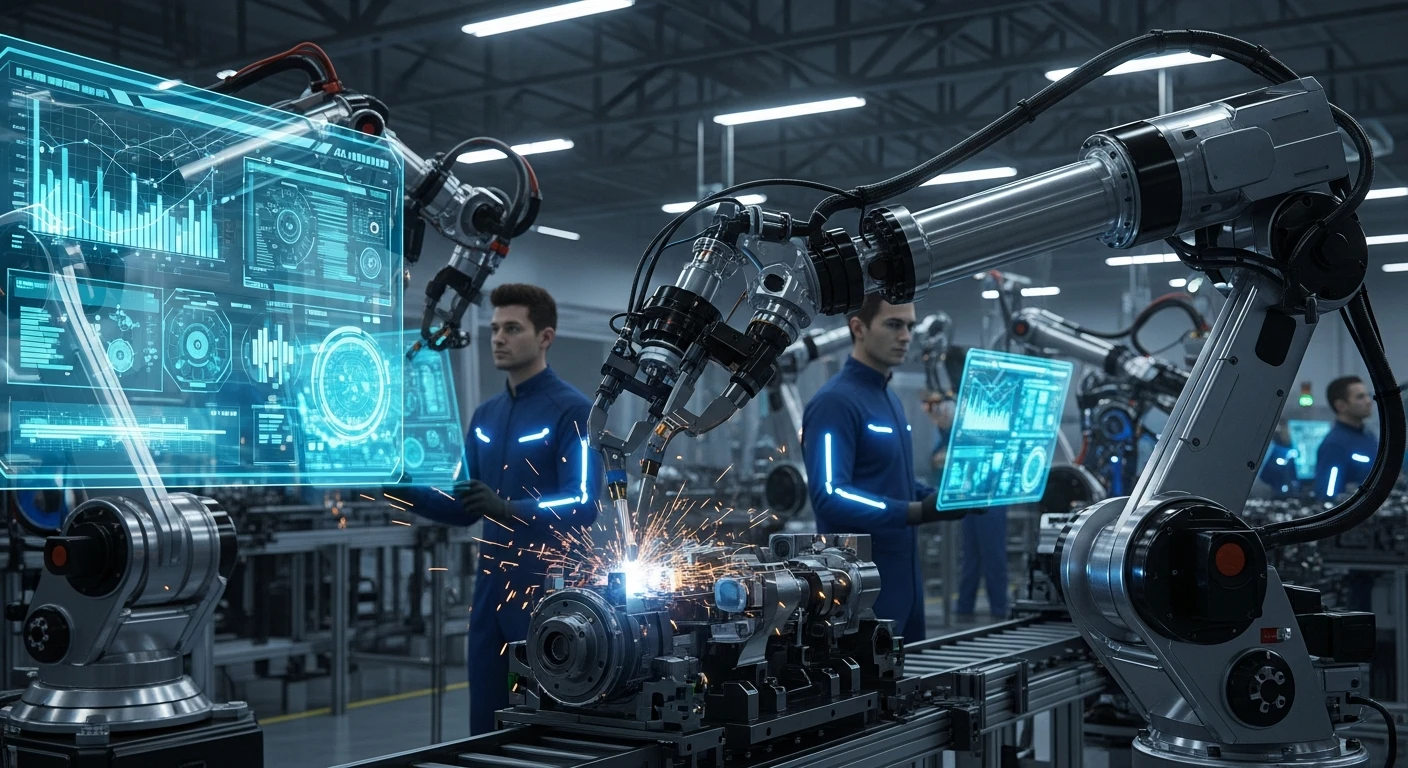Today, we’re thrilled to sit down with Kwame Zaire, a renowned manufacturing expert with deep expertise in electronics, equipment, and production management. As a thought leader in predictive maintenance, quality, and safety, Kwame has been at the forefront of transforming industrial processes through innovative data strategies and digital solutions. In this conversation, we’ll dive into the critical role of data as a strategic asset in manufacturing, the challenges of preparing data for AI and machine learning, practical steps to overcome data bottlenecks, and the future of smart machines in an increasingly connected world.
How has data evolved into a strategic asset for manufacturers, especially in the context of modern tech advancements?
Data has become the backbone of decision-making in manufacturing. It’s no longer just about collecting numbers; it’s about turning insights into action. With the rise of technologies like AI and machine learning, data drives everything from optimizing production lines to predicting equipment failures before they happen. Manufacturers who treat data as a strategic asset can unlock efficiencies, reduce downtime, and stay competitive in a fast-moving tech landscape. It’s about seeing data as a tool for innovation, not just a record of what’s happened.
What impact has the industrial internet of things (IIoT) had on shaping data strategies for machine builders?
The IIoT has been a game-changer. It’s allowed machine builders to connect devices and systems in real time, creating a network of data that wasn’t possible before. This connectivity means they can monitor machine performance, track production metrics, and even anticipate maintenance needs on the fly. It’s shifted data strategies from reactive to proactive, helping builders create smarter, more responsive systems that align with the vision of a digital factory.
What are some of the biggest data quality challenges you’ve observed in the manufacturing sector?
One of the most common issues is inconsistency—data coming from different sources often doesn’t align, which leads to confusion and bad decisions. Accuracy is another hurdle; if the data isn’t reliable, any analysis or AI model built on it will be flawed. Then there’s fragmentation, where data is scattered across systems, making it hard to get a full picture. These challenges aren’t just technical; they affect collaboration and slow down progress across teams.
Can you break down what data silos are and why they’re such a problem for machine builders?
Data silos happen when information is trapped within a specific department or system, inaccessible to the rest of the organization. For machine builders, this is a major issue because it disrupts everything from sourcing parts on time to optimizing production processes. If engineering can’t access production data, or if procurement doesn’t have visibility into inventory, you end up with delays, inefficiencies, and missed opportunities. It’s like trying to solve a puzzle with half the pieces missing.
How do you see companies benefiting when they integrate existing data instead of just focusing on collecting more?
Connecting existing data is often more valuable than gathering new data because it leverages what’s already there. Many companies have vast amounts of untapped information sitting in different systems. By integrating it, they can uncover patterns, streamline processes, and make smarter decisions without the cost and complexity of new data collection. It’s about working smarter, not harder, and ensuring the data you have is actually usable.
In what ways can tools like product lifecycle management (PLM) systems help bridge data gaps across manufacturing processes?
PLM systems are fantastic for breaking down barriers between departments. They create a centralized platform where data from engineering, production, and even suppliers can flow seamlessly. This means everyone—from design teams to the shop floor—has access to real-time, accurate information. It boosts collaboration, cuts down on errors, and ensures that every stage of the product lifecycle is aligned. I’ve seen PLM transform how teams communicate and innovate together.
Why is data governance so important once AI systems are in place within a manufacturing environment?
Data governance is the guardrail that keeps AI systems effective and trustworthy. Once AI is implemented, you’re dealing with models that rely on consistent, high-quality data to make predictions or automate processes. Without governance, you risk feeding these systems bad data, which can lead to costly mistakes. Governance also ensures accountability—someone has to own the data’s integrity and make sure it’s secure and compliant with regulations. It’s about sustaining trust in the technology.
How does modernizing the digital thread across a product’s lifecycle improve overall data management?
Modernizing the digital thread means creating a seamless flow of data from design through production to service. It ties every stage together, so there’s no disconnect between what’s happening in engineering and what’s happening on the factory floor. This holistic approach reduces errors, speeds up problem-solving, and makes data more accessible for analysis. It’s like having a single, clear storyline for a product’s entire journey, which is invaluable for managing complexity in manufacturing.
What’s your forecast for the future of smart machines in manufacturing, beyond the current focus on AI integration?
I believe the future of smart machines will center on real-time adaptability and service-driven models. Beyond AI, we’ll see machines that not only predict issues but also self-adjust to optimize performance without human intervention. The focus will shift toward making the right data available at the right moment to support new business models, like offering machines as a service rather than a one-time purchase. This will drive productivity for customers and create stronger, long-term partnerships for manufacturers. It’s an exciting horizon.









